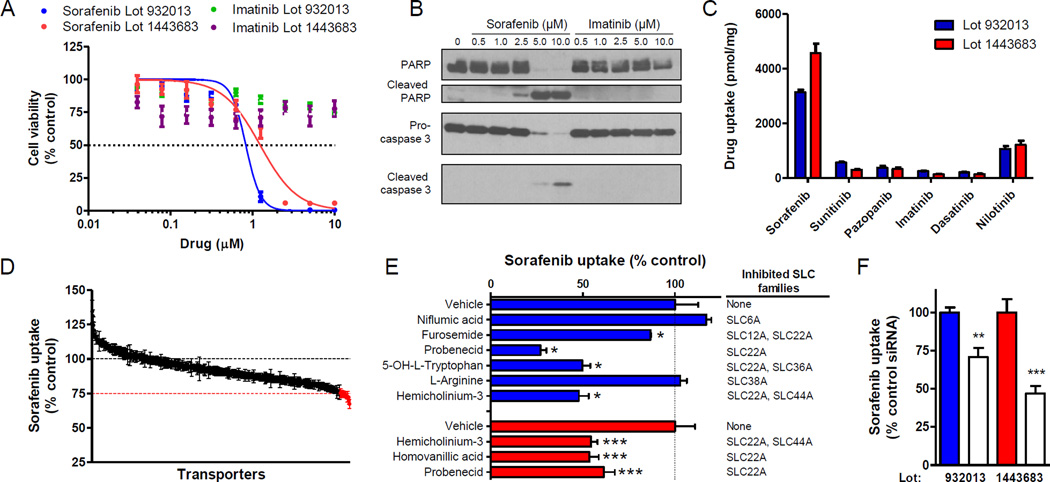Fig. 1. OAT6 mediates sorafenib uptake in human primary keratinocytes (HEKa).
(A) HEKa from 2 individual lots were treated with sorafenib or imatinib for 72 h and cell viability was measured in a MTT assay (2–3 experiments, n = 12–18); (B) cleaved PARP and caspase 3 was assessed by Western blot analysis after 24 h. (C) Intracellular accumulation of kinase inhibitors (1 µM, 5 min) in HEKa (2 experiments, n = 6). (D) Intracellular accumulation of sorafenib (1 µM, 15 min) in HEKa 48 h after siRNA (25 nM) transfection, (n = 7). Red line indicates 75% uptake, and red data points indicate ≤75% uptake compared to control conditions. (E) Effect of transporter inhibitors (0.2–1.0 mM) (blue bars) and OAT inhibitors (100 µM) (red bars) on intracellular accumulation of sorafenib (1 µM, 15 min) in HEKa (blue bars; n = 2–6). (F) Intracellular accumulation of sorafenib (1 µM, 15 min) in HEKa 48 hr after transfection with OAT6-targeted siRNA (25 nM) (2–3 experiments, n = 6–9; control siRNA: filled bars; OAT6 siRNA: unfilled bars). Mean gene expression (relative to control siRNA 48 h post-transfection) was 45 ± 1% and 39 ± 3%. Data represent the mean ± SEM (*, P < 0.05; **, P < 0.01; ***, P < 0.001).

